These days, everyone’s smartphone is an integral part of their routine. The ubiquitous nature of smartphones today is undeniable. cellphones serve as a means of communication, camera, data storage in the cloud, internet browser, and power bank for recharging other cellphones.
Even the youngest of children and the youngest of grownups are scarcely ever without their smartphone in hand. However, picking a smartphone is never easy due to the market’s abundance of options. Finding the one that might work best with your requirements is difficult.
Factors to Consider While Buying A Smartphone
Before deciding on the specific type of smartphone we will be purchasing when the need arises, it is pertinent to take into account several factors.
1. Display
Display size and resolution depend on how you use your smartphone and what you do with it. The iPhone’s retina display and HTC’s Super LCD panels show that smartphone manufacturers focus on displays for good reason. The phone’s display appears first. Manufacturers care about screen quality as well as size. Display technology and resolution impact display quality. If you stream, edit, or download movies, a 5.5- to 6-inch full-HD or QHD monitor should be sufficient. Phones with displays larger than 6-inches are thicker and harder to carry. Pixels determine screen resolution. Close-ups reveal small squares on a TV or computer monitor. “Squares” are pixels. Pixels improve screen clarity.
A “retina display” has so many pixels that the human eye cannot see them. High-definition displays let you see more with more clarity and detail. Buy a phone with a 1280 by 720-pixel display or above. However, a 5-inch to 5.5-inch HD or full-HD smartphone that you use for email, messaging, and social media is perfect.

2. Battery Life
When deciding on a smartphone, this feature is more important. If you’re an iPhone owner, you may suffer from BLA, or Battery Life Anxiety. It happens when you have to constantly look for a place to plug in your laptop or a wall socket to charge your phone. Sometimes, when you really need to use your phone, the battery dies.
So, when looking for a new phone, keep the battery life in mind. Don’t buy a battery with a capacity of less than 3000mAH. Manufacturers are responding to the growing concern over smartphone battery life by including larger cells in their products. Phone batteries typically have a minimum capacity of 700mAh and a maximum of 5,000mAh.
3. Storage
The operating system (OS) and any pre-installed applications on a smartphone consume a large percentage of the storage space available on the device. A memory stick with a capacity of 16 GB, 32 GB, 64 GB, or even more does not actually come with the advertised amount of storage space. Pick a storage capacity of 32 gigabytes if you prefer to keep a smaller number of programmes on each of your devices.
Users who want to keep additional programmes can select one of the storage options that range from 64 gigabytes to 128 gigabytes. There is also an option for 16 gigabytes of storage that is compatible with microSD cards, so the total amount of space it can hold can be increased.
4. Security
These days, most smartphones also have biometric scanning features like fingerprint or iris recognition. Not only do they lock and unlock a phone, but they also serve as passwords for certain files, documents, and apps. Fingerprint sensors are now standard on even the most expensive smartphones, but iris scanners are still relatively rare. Since more people now carry cellphones, it’s wise to get one with these extra security features since most people now carry smartphones with sensitive information on them.

5. Build
The construction of a smartphone is what defines its level of durability. The majority of the mobile phone handsets on the market are made out of metal and plastic.
Some of them even have panels that are covered in glass, but there aren’t very many of those. If you are one of those people who drop their cellphones frequently but accidentally, it is recommended that you select a smartphone that is constructed out of metal or plastic instead. These handsets, which are made of plastic and metal, may survive drops from a height of 1-2 feet, whereas those made of glass are guaranteed to break.
6. Processor
Different versions of the operating system, user interface, bloatware, and other factors might affect the amount of processing power available on a smartphone. Heavy users that use apps in split screen mode frequently, play demanding games, stream videos, and edit photographs, videos, and documents online should be able to multitask well on smartphones with Qualcomm Snapdragon 652, or Snapdragon 820, or Snapdragon 821.
Users who don’t need to conduct a lot of processing on their phones will be satisfied by mobile devices powered by MediaTek processors.
7. Camera
It makes little difference if the camera’s intended use is purely personal or if it will also serve a professional purpose. When looking for a new smartphone, many consumers prioritise the quality of its camera.
A good camera should have features like autofocus, ISO settings, large pixels, and more. Unlike photography enthusiasts, who must select a camera with a high megapixel count and a fast shutter speed regardless of the available light, casual photographers have more leeway in making these decisions.

8. Price of the smartphone
The cost of the smartphone, which is the criterion that will ultimately determine which one is purchased, comes in last but is certainly not least. A new smartphone should fulfil all of the aforementioned objectives, in addition to having a suitable price that takes into account your financial constraints.
It can be challenging and time-consuming to locate the ideal gadget, but it is undoubtedly good to spend some money on a nice smartphone that can be relied on for everyday use for at least a few months.





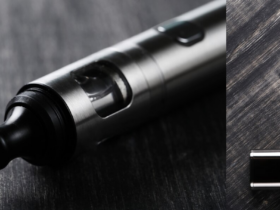


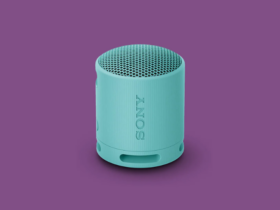
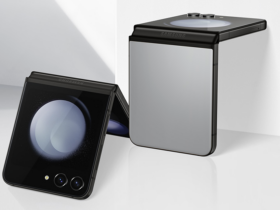




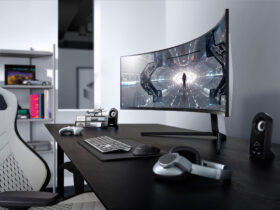
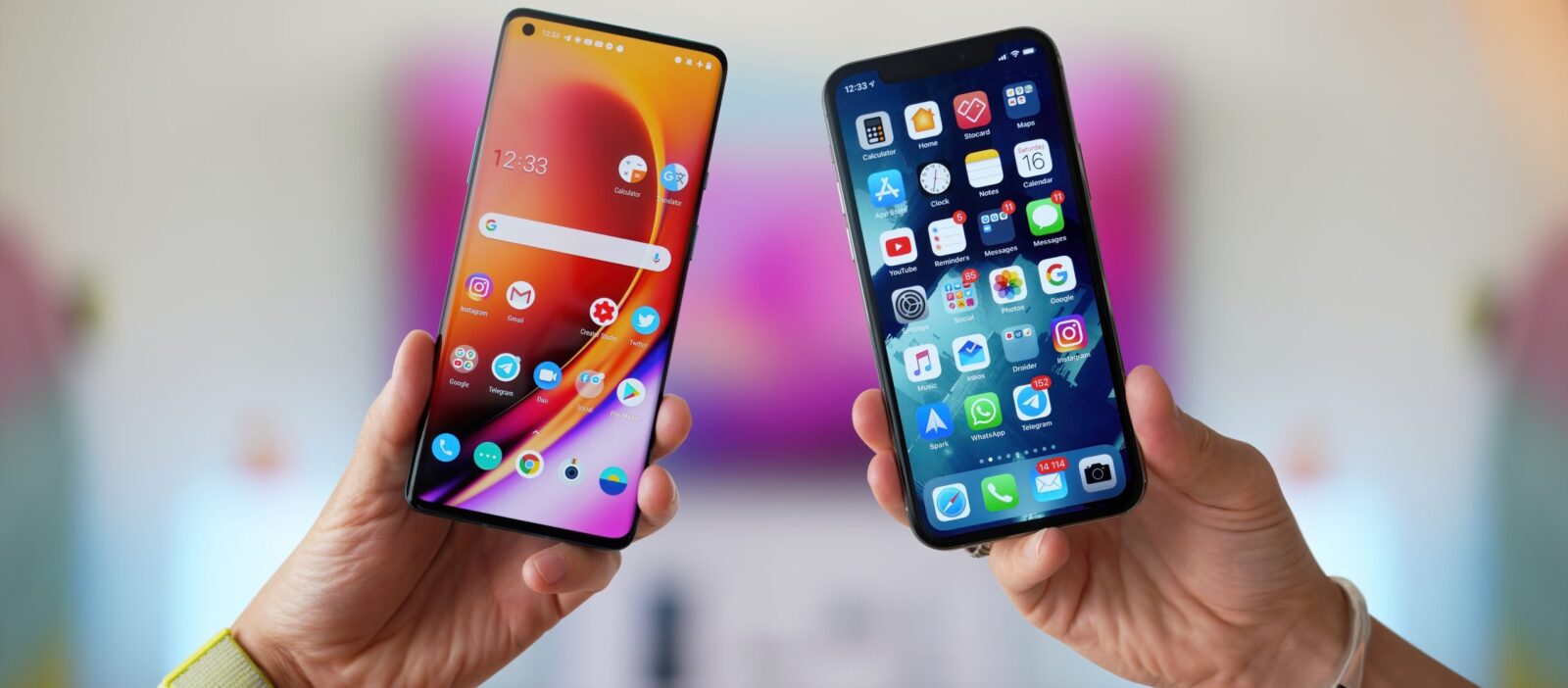
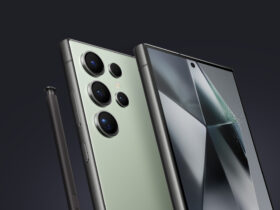




Leave a Reply